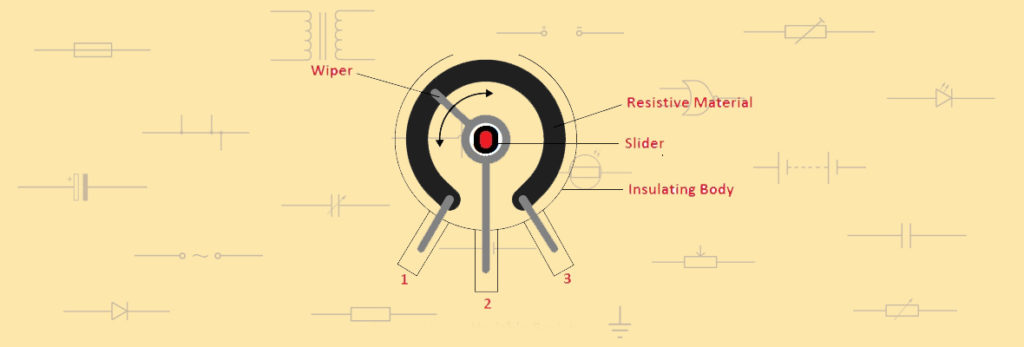Magneto Resistor – Symbol, Working, Types & Characteristics
Back in 1856, William Thomson a Scots-Irish mathematical physicist and engineer while experimenting with iron pieces discovered a phenomenon called magneto-resistance. This effect was later on used to build a special type of variable resistor known as magneto-resistor. In this article you shall get a brief about a magneto – resistor: its working principle, characteristics […]








